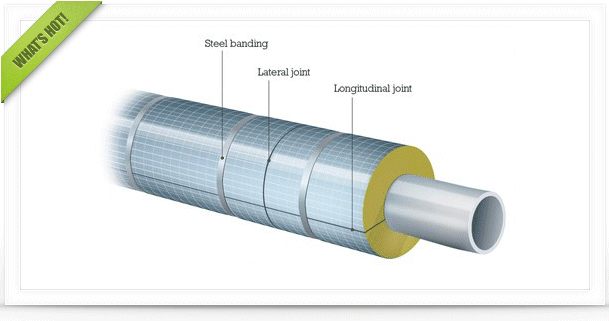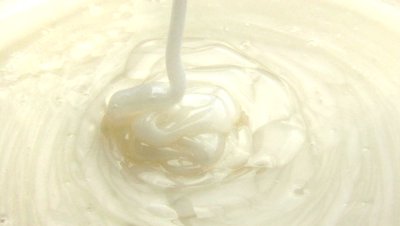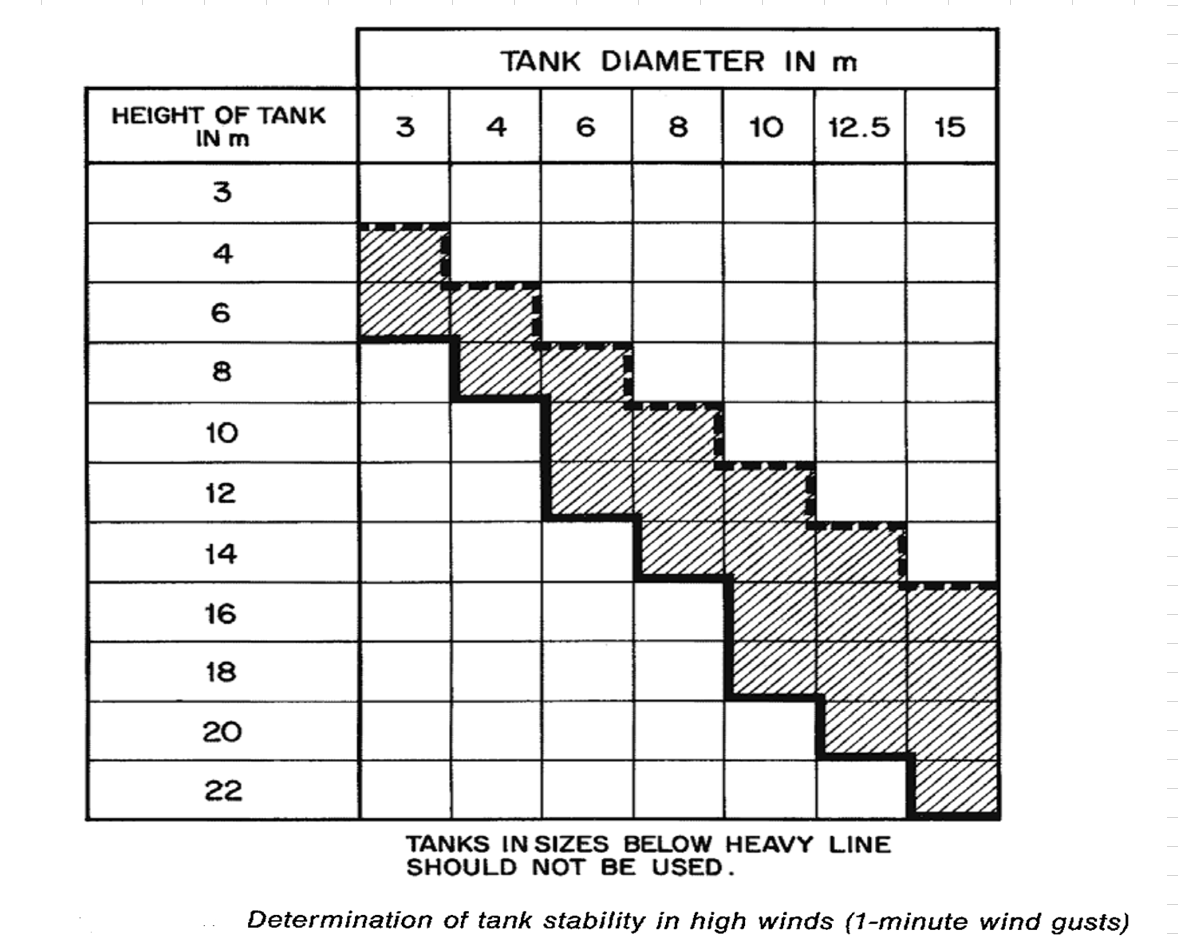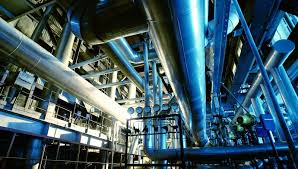|
|
Multihole Restriction Orifice
#1

Posted 01 October 2025 - 10:06 AM
I am looking for some basic information aboutmultihole restriction orifice. For example:
- Orifice thickness calculation equations
- Sizing equations for the holes
- Spacing and arrangement of the holes
- Flow and pressure drop equations
- Noise & potential vibration estimation (especially for gaseous sonic flow).
I tried searching in the internet but the available information is not much. Appreciate if anyone has come across a document to share that.
Thank you in advance...
Regards,
#2

Posted 01 October 2025 - 01:21 PM
Are you looking to come up with a new design? I generally just trusted the vendor's data reports. Much of this data would be from lab testing of proprietary designs by reputable manufacturers that I have no way of confirming.
#3

Posted 01 October 2025 - 04:56 PM
Hi,
You may find some useful information in these documents.
A Review of Multi-Hole Orifice Plate
To add, you may want to contact those guys, link underneath.
1610F_Restriction_Orifice_Catalog_en23_vA
Breizh
Attached Files
#4

Posted 01 October 2025 - 09:15 PM
This work by Rayana:
https://www.imeko.or...lowrate-limiter
investigates a multi-hole orifice in gas flowmetering service.
Many sources on restriction orifice theory gloss over the importance of plate thickness in terms of predictable fluid flow behaviour (especially for critical flow conditions). Rayana's paper is one of the few that I've come across who recognise this issue and address it with reference to empirical data rather than relying on CFD. As one who prefers to keep things as simple as possible but not simpler, CFD is not a tool that I have readily to hand. I'm inspired with confidence when I can see that field work informs technical study and offers that in a form of straight forward equations that can be put to use for practical and economic design.
Rayana draws key theory from work done by Ward-Smith on critical flow metering and presents those elements in the paper noted above. Please take notice of the change in discharge coefficient as a function of the plate thickness to orifice bore ratio.
My disappointment with many texts, such as the oft cited, Flow Measurement Engineering Handbook by Miller is that orifice plates are referred to as "thick" or "thin" but are somewhat loose with how this is defined in detail. Seeing a mix of empirical data with a graphed relationship quoting measurable parameters puts matters beyond doubt in my mind.
Separately, for sub-critical flow, Reader-Harris investigated this variation in his book, Orifice Plates and Venturi Tubes, Springer International Publishing Switzerland 2015. From what I know, Reader-Harris was a key contributor to the ISO standard on orifice type flow metering, so is a highly credible source.
The other issue to address is robustness of the plate itself.
My preference is to account for thickness according to the hydraulic theory noted above and then assess the plate thickness at full differential pressure across the plate, with a default to upstream at design pressure and downstream at atmospheric, applying the premise that the plate suffers full blockage. Then, take the thickest result of the two and confirm that the hydraulic assessment is still valid.
For noise / vibration concerns, I'd suggest referring to the Energy Institute Guidelines for the Avoidance of Vibration Induced Fatigue Failure in Process Pipework, 2nd Ed, Jan 2008. To my understanding, they're the de facto industry standard in this area of technical concern.
Edited by astro, 01 October 2025 - 09:16 PM.
Similar Topics
Two-Phase Fluid Flow Through An OrificeStarted by Guest_frwvelandria_* , 13 Oct 2025 |
|

|
||
Restriction Orifice And Correct Location Of Class BreakStarted by Guest_F.Sh_* , 06 Aug 2025 |
|

|
||
Restricted Orifice (Ro) After The Reciprocating Compressor? Why?Started by Guest_VolereePotere_* , 24 May 2023 |
|

|
||
Manual Depressurisation - How To Determine Restriction Orifice SizeStarted by Guest_FUNMILAYO_* , 14 Oct 2020 |
|

|
||
Maximum Natural Gas Flow Through OrificeStarted by Guest_ukrche_* , 10 May 2024 |
|

|

 FB
FB









